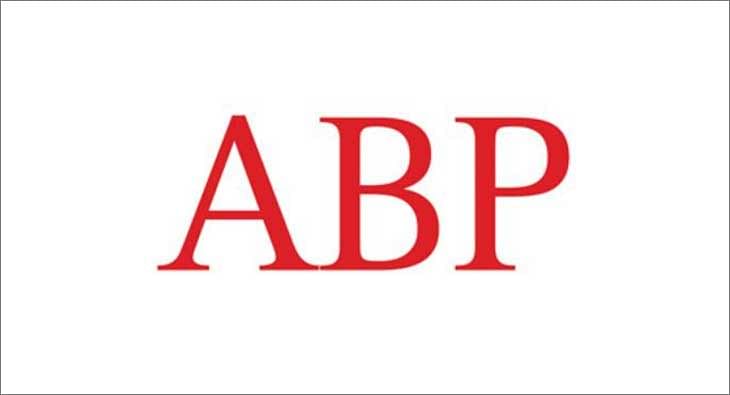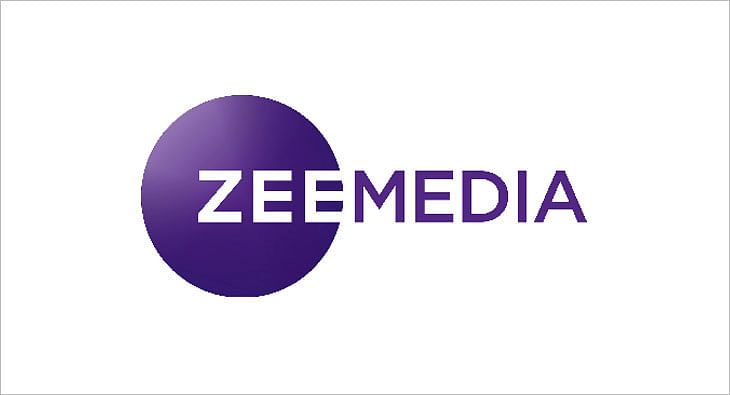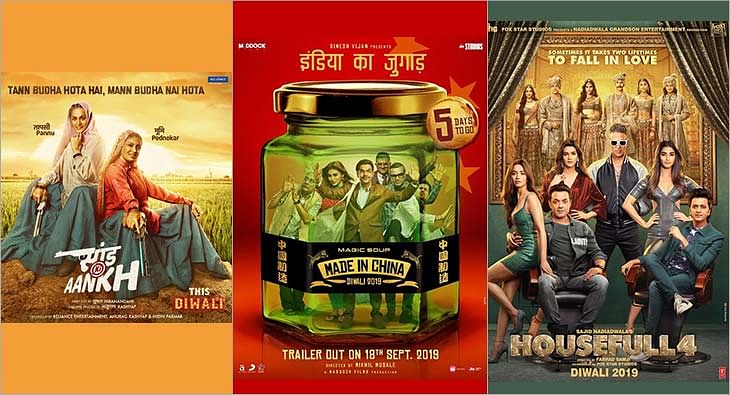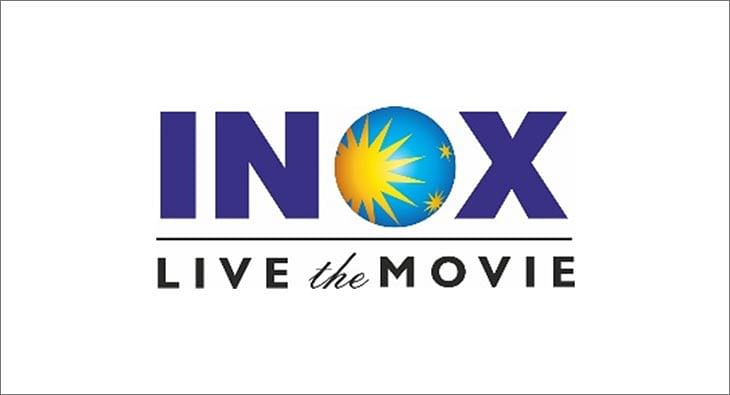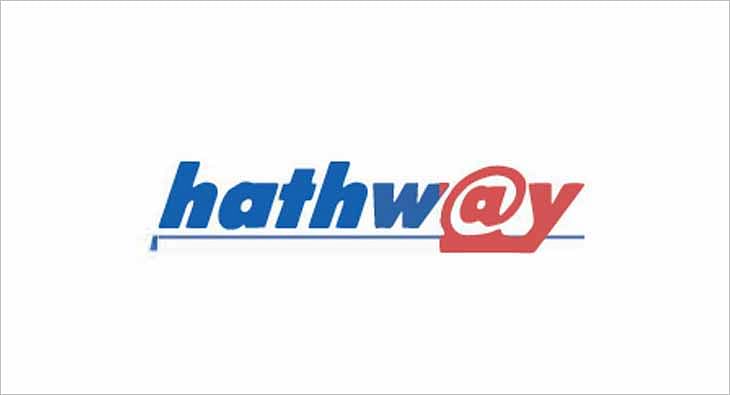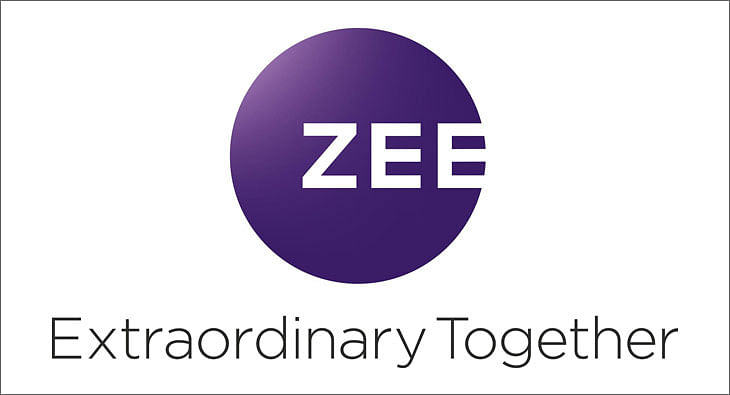Vivid: The Indian journalist’s conflict
Extraordinary situations demand extraordinary measures of responsibility, says Annurag Batra of e4m, while sharing his views on conflict reporting in India

All kinds of stories have emerged about Liyaqat Ali Shah, even as National Investigation Agency (NIA) is all set to probe the curious case of the Kashmiri militant. The latest being that the militant was entering India via the Nepal border to surrender; he was already cleared by the Centre on a 2012 recommendation by the Jammu and Kashmir government in 2012. Most of India media has done a credible job of covering the controversy – who’s trying to fool whom and who’s trying to take the credit?; and unravelled that Liyaqat had only come to surrender before the authorities in Jammu and Kashmir after the application of his family for his rehabilitation under the state government's policy was approved by authorities, only to be arrested.
The Indian Express on March 30 reported that Tritiya Prastuti Committee members shot surrendered Maoists and paraded their bodies before the security forces in the Chatra district of Jharkhand. Formed in 2002, the Tritiya Prastuti Committee (TPC) or the Third Preparatory Committee includes cadres of the Communist Party of India-Maoist (CPI-Maoist) in Jharkhand who deserted their parent outfit complaining of the domination of the Yadav caste in the decision-making process of CPI-Maoist. The TPC cadres were mostly from the Dalit Bhokta, Turi, Badai, Oraon, and Ghanju castes. According to The Indian Express, the TPC "has since clashed repeatedly with the CPI (Maoist) and are widely believed to have the backing of the state security apparatus".
These two incidents bring us to the moot point that conflict reporting in India has seen a paradigm shift. These are far cries from the conflicts we have known till now – the terror attacks, the low-intensity warfare in Kashmir, the Northeast and the Maoist-infested regions. And it’s not as simple as reporting what one sees as an eyewitness, even going beyond the news and digging for the truth.
Now, how far do you look for the truth, to publish? To be more precise, how far does a journalist go to learn the truth, and having learned the truth, does he weigh whether to go out to the masses, or not. Or does he say the truth as it is, with scant regard to alarm among the gullible it may cause?
“The ethical dimensions of conflict coverage are many, as is the range of conflicts that has to be covered. In addition to border wars, there are internal conflicts that a State wages with disaffected sections of its own people. There are terror strikes. There are communal riots,” says Sevanti Ninan in her piece, “The Ethics of Conflict Coverage” published on her media-watch site, thehoot.org.
It is to be considered with some gravity and concern – blame it as being an unfortunate by-product of these inherent societal and communities complexities and sometimes, insensitivity of governmental policies transcending across states and region -- that today there no less than, according to South Asian Terrorism Portal, 177 terrorist, insurgent and extremist groups are functioning within India. Though each group's principal objective is to wage an armed struggle against the Government of India, all have their own history in ideologies, causes and manifestation.
Understandably, the range of conflicts have had the Indian media walking the fire of ethics each time a reporter goes to field to report. And it has been an uphill, most often failing task.
According to Chindu Sreedharan, a journalist who covered the Kashmir conflict for rediff.com from 1997 to 2003, his evaluation of conflict coverage, particularly in Kashmir, is that the media is not supportive of a solution. According to his analysis, the stress is on conflict, on violence.
He goes on to say that even when peace attempts were on, there is a strong indication that the media was on the lookout for 'conflict'. Understandably, conflict emerges as of much news value, something that always makes an article, report, opinion piece and edit ‘newsworthy’ – there is a definite draw in the business of hardselling news and there is readers’ interest too. We also need to understand that the journalist is someone who is part of the society, thus understands a conflict's 'value' well. And he plays along in a situation where even conflict reporting in a troubled state/region becomes state-led. There is always value in reporting the fight of ‘good’ against ‘evil’.
Journalism schools rarely teach more about reporting conflicts than not to name the communities involved; some have even added that one's terrorist might be another's freedom fighter. But rarely do they teach the journalist student how to weigh whether his conflict report would foment disturbance or not – that is left to a journalist's experience to fathom.
What the journalism schools also fail to teach to the would-be-journalists is that we need to approach conflicts with more care and sensitivity. Extraordinary situations demand extraordinary measures of responsibility from journalists, and they have to realise that. The journalist must understand that there is a lot of innovation that needs to be practiced at extraordinary times, where norms laid down in the textbooks may not work.
“Whether we agree or not, the basic tenets of conflict reporting are quite flawed in the Indian media. On the one hand, you have those who are accused of over-reporting throwing caution to the winds and risking the lives of armed forces’ personnel or exposing their positions; on the other, we have reports of the likes of Shubhranshu Choudhary (the founder-member of the citizens' journalism initiative in Chhattisgarh, cgnet.in) who wrote in 2009 of how journalists in Chhattisgarh were paid not to report stories critical of the powers-that-be, and the anti-Maoist Salwa Judum, which rights activists dubbed as a brutal state-created militia. The journalists of today are at pains to keep their morality intact, yet be able to tell their story as it is. I am sure their predicament is like nowhere else in the world,” says a senior journalist who preferred to remain anonymous.
So what’s to be done?
For one, a journalist must understand that his conscience is not to be sated with the fact that he has quoted both sides. As Sreedharan – he teaches journalism and communication at the Media School, Bournemouth University, and has researched on Indian and Pakistani media coverage of the Kashmir conflict at the Media School – suggests, they need to “look at alternative ways of reportage – as the peace journalism concept put forward by Johan Galtung, the ‘journalism of attachment’ practised by Martin Bell and others, even the expansive field of New Journalism promoted by Tom Wolfe in the 1970s. Perhaps an adaptation of these is what we need.
Perhaps what we need in such situations is not the pretence of objectivity, but what you could term 'informed subjectivity'... we need to show a willingness to question our own traditions and practices, show some flexibility. Without that, the responsibility that conflict situations demands of journalists – in reportage, in research, in gatekeeping – will not be possible.
Read more news about (internet advertising India, internet advertising, advertising India, digital advertising India, media advertising India)
For more updates, be socially connected with us onInstagram, LinkedIn, Twitter, Facebook Youtube & Whatsapp
You May Also Like
HT Media posts Consolidated Total Revenue of Rs 580 crore in Q2
Chairperson and Editorial Director Shobhana Bhartia says due to lower commodity prices and control on costs there has been an improvement in operating profit
HT Media has posted a Consolidated Total Revenue for Q2, 2020 at Rs 580 crore.
As per a statement released by the company, EBITDA for Q2’20 increased by 139%, and margins at 14% vis-à-vis 6% in previous year. This has been driven by softening of newsprint prices and continued focus on cost.
The Net Cash position at a consolidated level continues to be strong.
The Print ad revenue has declined due to sluggish volumes, even as yields have improved. National advertising continues to be soft, although local advertising witnessed growth.
Savings in raw material costs have driven improvement in EBITDA margins.
Chairperson and Editorial Director Shobhana Bhartia said, “Slowing economic growth has hit advertising spends in key categories, putting pressure on revenues across the media industry. As a result, our Print and Radio (on like to like basis) businesses saw revenues dip as compared to a year-ago. However, thanks to lower commodity prices and a tight control on costs, we saw an improvement in our operating profit. On the digital front, Shine, our online recruitment portal has shown good progress and continues to grow. Our outlook for the coming quarter remains cautious, given overall economic sentiment and macroeconomic trends. Cost-control and falling commodity prices should help protect our margins.”
Read more news about (internet advertising India, internet advertising, advertising India, digital advertising India, media advertising India)
For more updates, be socially connected with us onInstagram, LinkedIn, Twitter, Facebook Youtube & Whatsapp
ABP Group posts Rs 15.70 crore as net profit in Q1 FY20
The group’s total operating income stands at Rs 365.55 crore
ABP Group has posted a net profit of Rs 15.70 crore in the first quarter of FY20, as per media reports.
The group’s total operating income stands at Rs 365.55 crore.
It’s net profit for the fiscal ended March 31, 2019, was down 68% to Rs 31.90 crore compared to the previous fiscal.
The Profit Before Interest Lease Depreciation and Tax (PBILDT) has also dropped 53.52% to Rs 107.12 crore.
The group has six news channels - ABP News (Hindi), ABP Ananda (Bengali) ABP Majha (Marathi) and ABP Asmita (Gujarati), ABP Sanjha (Punjabi) and ABP Ganga (Hindi).
Read more news about (internet advertising India, internet advertising, advertising India, digital advertising India, media advertising India)
For more updates, be socially connected with us onInstagram, LinkedIn, Twitter, Facebook Youtube & Whatsapp
Zee Media posts consolidated revenue of Rs 137.03 crore for Q2 FY20
ZMCL has recorded 4.4% growth in operating revenue for first half of FY20
Zee Media Corporation Ltd (ZMCL) has posted a 4.4 per cent growth in operating revenue to Rs 337.6 crore in the first half of FY20, as per media reports.
It has reported a consolidated revenue of Rs 137.03 crore for Q2 FY20.
In a statement, ZMCL has said: “During the quarter, the network expanded its footprint s into Southern India through the launch of Zee Hindustan in Tamil and Telugu languages. This is intended to make the network's content accessible to wider audience.”
The operating expenditure in Q2FY20 has dropped by 21.7 per cent.
The statement further said: “EBITDA for HlFY20 improved by 34.1 per cent to Rs 1,029 million from Rs 767.5 million EBITDA for H1FY19, while the same declined by 9.4 per cent to Rs 370.2 million from Rs 408.7 million for the corresponding period last financial year. EBITDA Margin grew from 23.7 per cent in H1FY19 to 30.5 per cent in HlFY20, while growing from 24.2 per cent in Q2FY19 to 27 per cent in Q2FY20.”
Read more news about (internet advertising India, internet advertising, advertising India, digital advertising India, media advertising India)
For more updates, be socially connected with us onInstagram, LinkedIn, Twitter, Facebook Youtube & Whatsapp
No slowdown here: In-cinema ad rates up by at least 50% for 3 big Diwali releases
Housefull 4, Made In China and Saand Ki Aankh ready to hit the silver screen this week, with the hopes of giving brands the eyeballs they look for in theatres
It’s that time of the year again when theatres gear up to pocket maximum gains. Diwali is here and there are three films ready to hit the silver screen this week--Housefull 4, Made In China and Saand Ki Aankh. The festive period brings much joy to exhibitors, distributors and theatre owners because it ensures footfalls, giving brands the eyeballs they look for. In fact, industry experts don’t feel that economic slowdown this year has impacted in-cinema advertising. While they are concerned about three movies clashing during Diwali, they predict 50-100 per cent rise in ad rates during this period.
Advertising moolah
Mohan Umrotkar, CEO, Carnival Cinemas, is expecting 60-70 per cent surge in advertisement topline compared to last year. “Going by the buzz and advance booking for these three releases, market is bullish. Advertisers have blocked most of the advt-slots during the festival period. Housefull 4, Made In China and Saand Ki Aankh all combined together should generate around Rs 350 crore topline at the box office during the festival week. We are expecting 60-70 per cent surge in the advertisement topline from last year. Also, this year we have added around 14 per cent new advertisers, and 4 per cent of them are first-time cinema advertisers,” he says.
But according to Siddharth Bhardwaj, Chief Marketing Officer - Head of Enterprise Sales, UFO Moviez, things have changed a lot in the last couple of years. “Since some films have not really lived up to their expectation, advertisers are spreading the spends all through the year. They are picking up far more number of titles in the year rather than focusing only on Diwali or Eid.”
“It is good for the industry because you can monetise the inventories beyond just big weeks. A lot of content- driven films have come up which has given us the opportunity to monetise more markets. It has put lesser pressure on Diwali. Most of the cinemas are sold out for Diwali. It becomes difficult to accommodate everything,” Bharadwaj opines. He also reveals that for this week, the inventories are already full.
Diwali ad rates
Experts reveal that ad rates differ from property to property and depends on location as well. But Diwali surely sees a massive hike in rates. This year, theatre owners are expecting 100 per cent rise in ad rates. While Umrotkar revealed that for Diwali, they are charging 100 per cent higher than the regular card rates, Girish Johar, trade analyst and film producer, shared that even the rates for putting up kiosks of brands go up during festivals like Diwali.
“It’s based on property. On a ballpark, ad rates double up. So if you are putting up a kiosk, they charge say Rs 50,000-25,000 for a month. During Diwali, they charge almost double because of the kind of footfalls theatres witness,” Johar revealed.
Economic slowdown? Not for Cinema!
This year, brands have been pulling back their spends on other mediums due to economic slowdown, but cinema seems unaffected. Calling entertainment business recession-proof, Johar explains, “If you see the other side, box office is up by 15-20 per cent. Yes, it is a bit subdued because the brands are in a wait-and- watch scenario. They are increasing their focus around consumption rather than awareness.”
Bharadwaj too seconded it by saying, “These are challenging times but our medium is very efficient. If you see economy has slowed down, but the cinema has grown instead.”
Clash cover
Three movies are clashing this Diwali which means shared screens and box office gains.
“It’s never good for us when two or more big-ticket films release together. If they would have come on different dates, there are chances that more advertisers will take advt. inventory in those weeks separately instead of that one particular week,” shares Umrotkar.
Read more news about (internet advertising India, internet advertising, advertising India, digital advertising India, media advertising India)
For more updates, be socially connected with us onInstagram, LinkedIn, Twitter, Facebook Youtube & Whatsapp
INOX Leisure Ltd sees 42% growth in total revenue
Profit After Tax up 327% to Rs 51 crore
INOX Leisure Ltd (INOX) has reported financials for the second quarter ending September 2019.
Its total revenue has risen to Rs 524 crore with a 42% growth from Rs 369 crore in the corresponding quarter in FY19. Its EBITDA has more than doubled to Rs 107 crore with a 121% growth, while the PAT stood at an impressive Rs 51 crore, up 327% from previous year’s second quarter.
Siddharth Jain, Director, INOX Group, said: “At INOX, setting new benchmarks is now a routine, thanks to our consistently sharp focus on luxury, service and technology and our uncompromised desire to offer our patrons, nothing but the latest and the best! We are delighted with our remarkable consistency on all parameters, and we are sure about maintaining the momentum and focus on innovativeness. Content once again proved that why we term it as the ‘hero’. Thanks to the creators of such spellbinding movies, which keep inviting our guests to our properties, and allowing us to pamper them with our signature hospitality. With the launch of Megaplex, we are delighted to further our endeavor of developing experience-driven cinema destinations of global standards, and we will continue to do so. On behalf of Team INOX, I assure all our stakeholders that we will continue to break barriers and exceed all expectations.”
Read more news about (internet advertising India, internet advertising, advertising India, digital advertising India, media advertising India)
For more updates, be socially connected with us onInstagram, LinkedIn, Twitter, Facebook Youtube & Whatsapp
Hathway Cable & Datacom reports 100% subscription collection efficiency in Q2
The broadband subscriber base has increased from the previous quarter’s 840,000 to 860,000
Hathway Cable and Datacom has reported subscription collection efficiency at 100%, and the broadband subscriber base has increased from previous quarter’s 840,000 to 860,000 in quarter ending September, as per media reports.
It has narrowed its consolidated net loss by 74% and the operating EBITDA has been reported 15% up to Rs 107.5 crore compared to Rs 93.1 crore a quarter ago.
The total income has dropped 2%, while the expenditure is down 6%.
In the financial results, the company has said the FTTH markets are leading growth in customer acquisition.
Read more news about (internet advertising India, internet advertising, advertising India, digital advertising India, media advertising India)
For more updates, be socially connected with us onInstagram, LinkedIn, Twitter, Facebook Youtube & Whatsapp
ZEEL posts 7.4% YoY growth in total revenue for Q2 FY20
ZEEL's domestic advertising revenue has grown 1.4% YoY in Q2FY20
Zee Entertainment Enterprises Limited (ZEEL) has reported a consolidated revenue of Rs 2,122 crore for the second quarter of FY20, recording a growth of 7.4% on YoY basis.
The Earnings Before Interest, Tax, Depreciation and Amortization (EBITDA) was recorded as Rs 692.9 crore with an EBITDA margin of 32.7%. PAT for the quarter was Rs 413.2 crore. The Profit After Tax (PAT) for the quarter was Rs 413.2 million, with a growth of 6.9% YoY.
During the second quarter, ZEEL’s consolidated advertising revenue grew by 1.2% YoY to Rs 1,224.7 crore. The domestic advertising revenues grew by 1.4% YoY to Rs 1169 crore.
ZEEL has posted 26.8% YoY growth in Q2FY20 domestic subscription revenue. ZEEL’s consolidated subscription revenue grew by 19.0% to Rs 723.5 crore during the quarter.
ZEEL’s total expenditure in Q2FY20 stood at Rs 1429.1 crore, higher by 9.9% YoY compared to Q2FY19.
While ZEE5 recorded a peak DAU (Daily Active User) base of 8.9 million in September 2019, ZEE5 users watched an average of 120 minutes of content on the platform in the same month.
During Q2 FY20, the television network had an all-India viewership share of 18.4%.
During the quarter, ZEEL’s international business revenue was Rs 208.2 crore. The advertising and subscription revenues for international business declined by 4.0% YoY and 21.5% YoY, respectively.
Zee Music Company has registered 7.1 billion views on YouTube in Q2.
Punit Goenka, Managing Director and CEO, ZEEL, said, “I am pleased with the performance we have exhibited during the quarter. Our entertainment portfolio continues to grow from strength to strength across all formats and maintained its leading position. Our television network has emerged stronger post the implementation of tariff order on the back of a strong customer connect and brand pull of its channels. ZEE5 continued to gain traction across audience segments and markets, driven by its compelling content library and expanding list of partnerships across the digital eco-system. This strong operating performance allowed us to deliver industry leading growth in both advertising and subscription despite the tough macro-economic environment. Domestic subscription growth of 27% has reaffirmed the value proposition our television network has built over the years. The impact of tariff order has now largely settled down and has brought increased transparency along with improved monetization. Our domestic advertising revenue growth, though significantly lower than historical trend, is higher than the industry growth. We have witnessed an improvement in ad spends through the quarter and we believe that the onset of festive season along with measures taken by the government will help revive the consumption growth.”
Read more news about (internet advertising India, internet advertising, advertising India, digital advertising India, media advertising India)
For more updates, be socially connected with us onInstagram, LinkedIn, Twitter, Facebook Youtube & Whatsapp




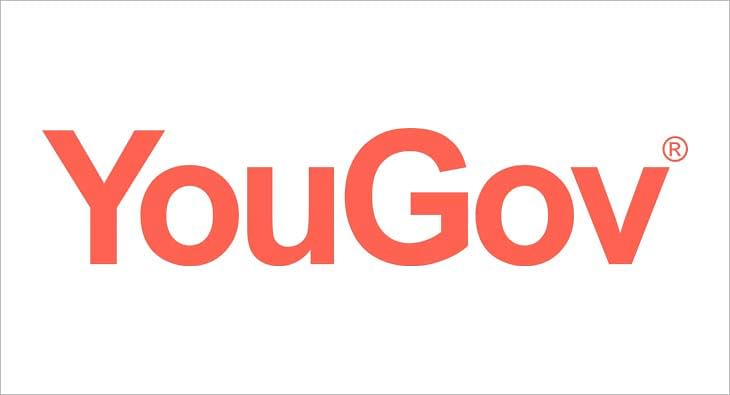
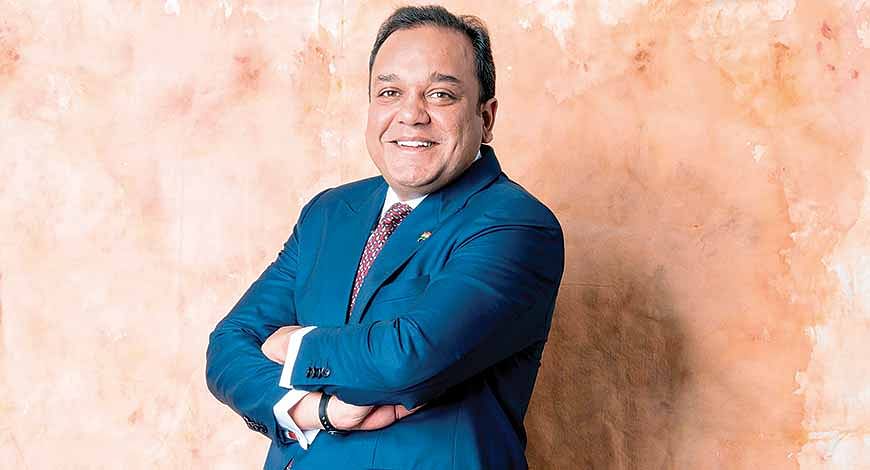
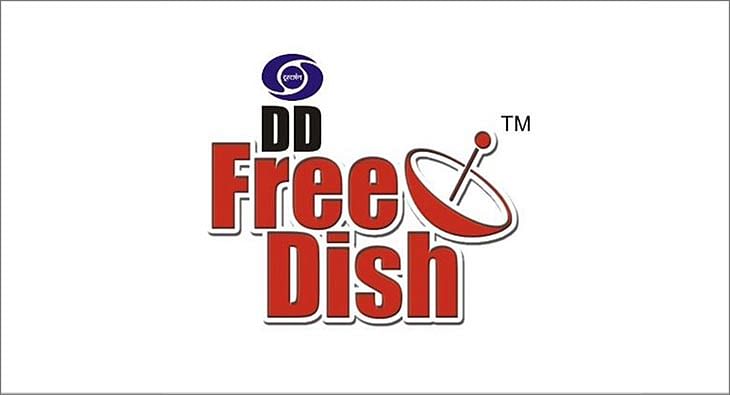







 Share
Share